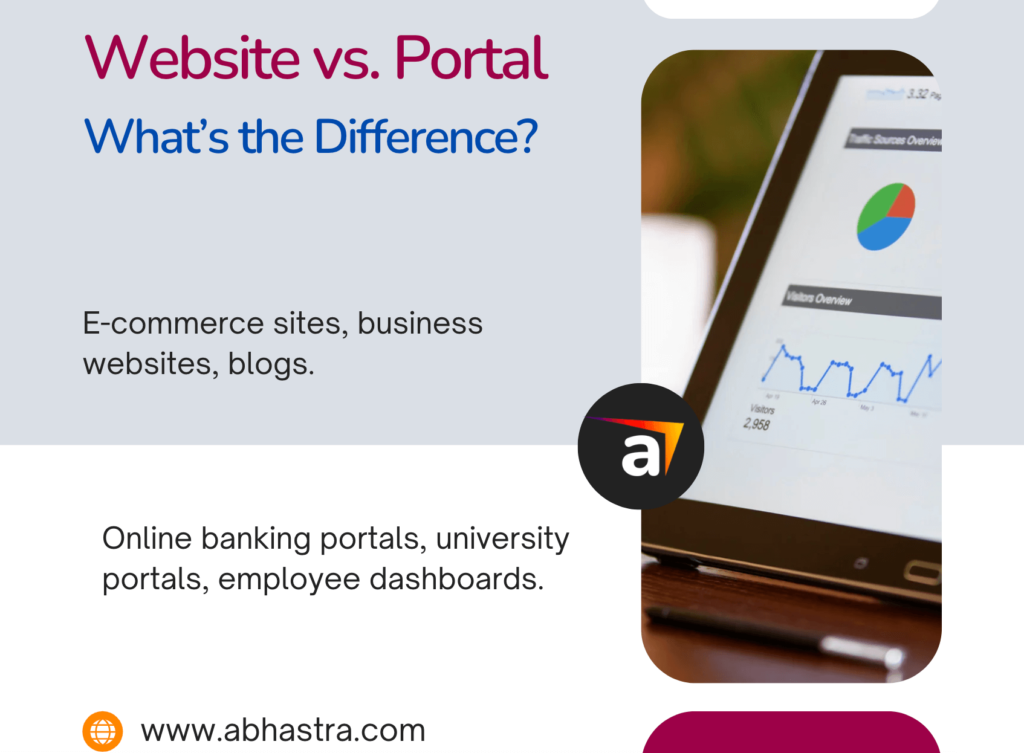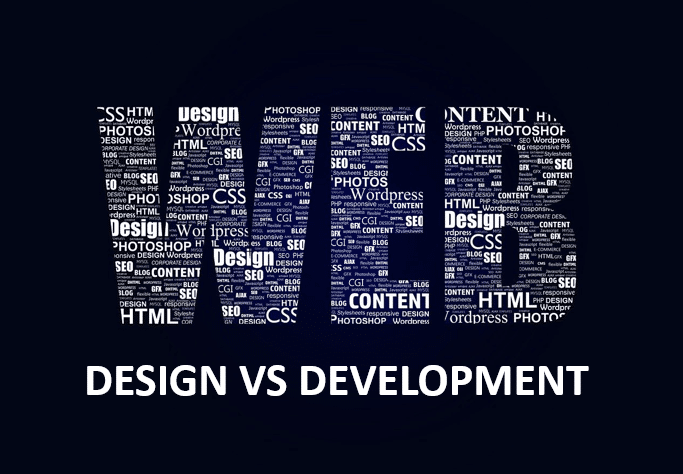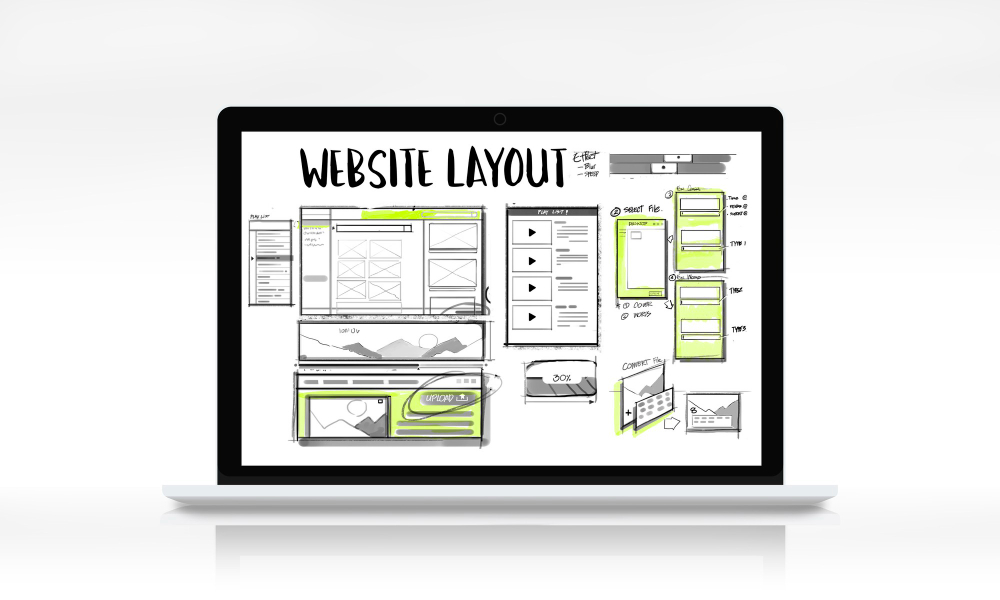In today’s digital landscape, businesses and organizations often struggle to choose between a website and a portal for their online presence. While both serve as digital platforms, they have distinct purposes, functionalities, and user experiences. In this blog, we will explore the key differences between a website and a portal, their use cases, and how to decide which one is right for your business.
🔹 What is a Website?
A website is a collection of publicly accessible web pages designed to share information, services, or products with users. It serves as an online identity for businesses, blogs, news agencies, and e-commerce platforms. Websites are primarily static or dynamic and do not necessarily require users to log in to access content.
✅ Key Features of a Website:
- Publicly accessible without authentication.
- Designed for marketing, branding, or information sharing.
- May have static or dynamic content.
- Optimized for SEO and digital marketing.
- Typically used for blogs, business pages, and e-commerce stores.
💡 Examples of Websites:
- Business Websites – Company pages like Abhastra Technology.
- E-commerce Sites – Amazon, Flipkart.
- News Portals – BBC News, Times of India.
- Portfolio Websites – Personal and professional portfolios.
🔹 What is a Portal?
A portal is an advanced online platform that provides personalized, interactive, and secure access to specific services or data. Unlike websites, portals require user authentication (login credentials) to access private content, making them ideal for businesses that need to manage user-specific information.
✅ Key Features of a Portal:
- Requires login credentials for access.
- Offers personalized content based on user roles.
- Integrates multiple applications into one platform.
- Allows transactions, data sharing, and collaboration.
- Used in education, healthcare, banking, and enterprise solutions.
💡 Examples of Portals:
- University ERP Portals – Student login for attendance, and results.
- Banking Portals – Net banking, transaction history.
- E-Governance Portals – Aadhaar services, tax filing.
- Enterprise Portals – Employee management systems.
📊 Website vs. Portal: A Comparison Table
| Feature | Website | Portal |
|---|---|---|
| Access | Public | Private (Login Required) |
| Content | Generalized | Personalized |
| User Interaction | Low | High (Interactive) |
| Primary Purpose | Informational | Transactional & Interactive |
| Examples | Business sites, blogs | ERP, Banking, E-learning |
🔹 How to Choose Between a Website and a Portal?
Choosing between a website and a portal depends on the purpose and functionality you need. Here’s a simple way to decide:
- ✅ Choose a Website if:
- You want to provide general information or market your brand.
- Your goal is to attract visitors through SEO and digital marketing.
- You do not require user-specific interactions.
- ✅ Choose a Portal if:
- You need user authentication and role-based access.
- You want to integrate multiple tools and services into one platform.
- Your business requires data security and personalized user experiences.
🔹 Conclusion
Both websites and portals play a crucial role in digital transformation. While websites are ideal for public information sharing, portals offer secure, interactive, and personalized experiences.
At Abhastra Technology, we specialize in custom website and portal development, ensuring businesses get the best digital solutions tailored to their needs. Whether you need a dynamic website for branding or an advanced portal for business operations, we’ve got you covered!
🚀 Need a Website or a Portal for Your Business? Contact Us Today!
🔗 Visit: https://abhastra.com/contact-us/





